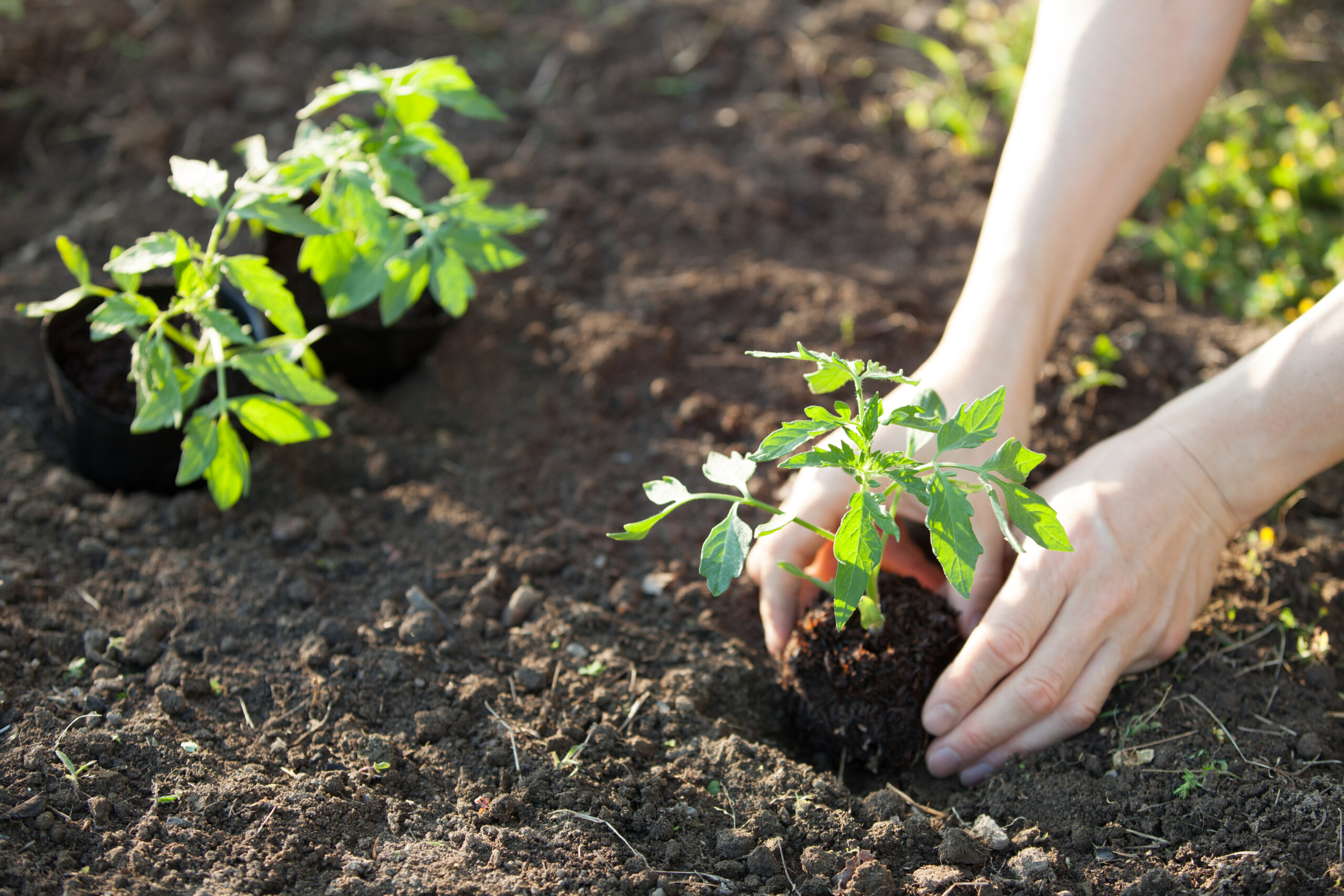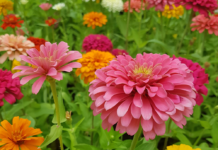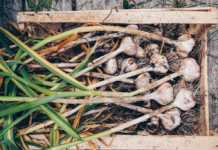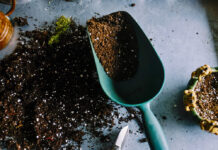If your garden is like mine, peppers are thriving while most everything else is on its last legs. The triple-digit heat is deadly to most spring and early summer vegetables.

Once temperatures exceed 95 degrees, pollen dies and vegetables don’t grow much. So, other than waiting until early fall, consider a “monsoon planting” when the rainy season hits. August is an excellent time for several summer vegetables to take advantage of the rain and higher humidity of monsoon season.
A monsoon is a persistent wind pattern caused by hot air that shifts direction between seasons. This shift in weather transports moisture from the tropical South Pacific up through western Mexico. Thunderstorms during the summer can contribute to more than half the area’s annual precipitation.
Preparing for the additional wind and water is vital. Monsoon rains are often intense but brief. If you have a collection system, you can harvest the additional rainfall. I hope to add a rainfall harvesting system soon.
Prepare your trees, plants, and any structures in the garden for the monsoon season. Trim your desert trees during late June. Thin an abundance of new growth on deciduous fruit trees so the wind can blow through them. Water your trees deeply to encourage a robust root system and remove trees weakened by pest or diseases. Prevent wind damage in your garden by staking tall plants. Tie your plants to supports loosely to allow for movement, but prevent the crop from breaking off or falling.
As far as what to plant and when:
- Plant pumpkins, winter squash and black-eyed pea seeds through Aug. 15.
- Plant transplants of tomatillos and tomatoes.
- Provide shade for newly planted tomatoes if possible.
- Plant bean, corn, carrot and green onion seeds all month long.
- Check irrigation systems to ensure they’re working properly.
- Move planters and potted plants into shadier areas to prevent sun scalding.
- Planting conditions may be right any time from mid-July through the end of August. Each year is different and there are no guarantees. Look at the weather — if it’s over 110 degrees, wait. Nothing likes it that hot.
- Look at the forecast and if there’s a cool front coming in, choose that time to plant. Take the necessary time to harden off transplants before planting. If done right, it can take up to two weeks. Plant transplants in the evening to let them settle in overnight.
- Baby new plantings for the first couple of weeks and provide additional shade and water as needed. Plant seeds a little deeper as the soil is cooler. Mulch newly planted seeds lightly to help preserve moisture.
Al Brandenburg, Pinal County Master Gardener
growinginthegarden.com
yardibles.com
phxgardening.com
cals.arizona.edu
This story was first published in the August edition of InMaricopa Magazine.






![Cacti in the Valley Sonoran Desert National Park [Brian Petersheim Jr.]](https://www.inmaricopa.com/wp-content/uploads/2023/12/BPJ_6963-218x150.jpg)











